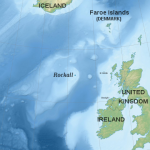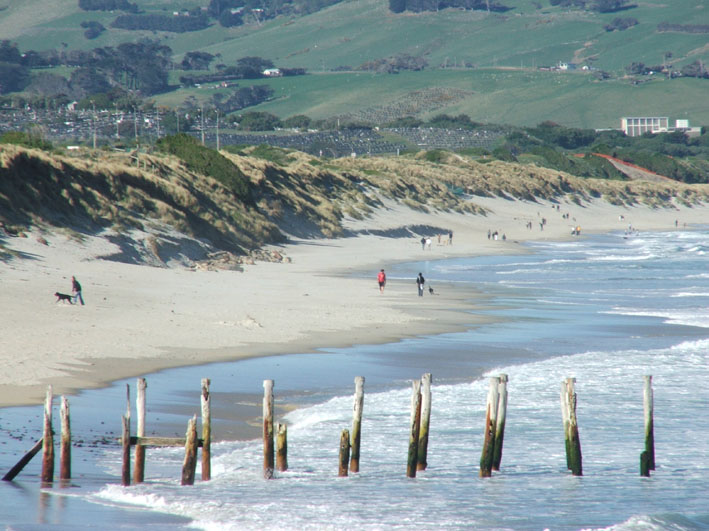Evidence St Kilda was inhabited 2,000 years ago
09 February 2021
BBC Highlands & Islands

Archaeologists excavated a site in Village Bay on Hirta
Scotland's remote St Kilda archipelago was inhabited as long as 2,000 years ago, according to archaeologists.
Pieces of Iron Age pottery were uncovered on the main island of Hirta in the largest archaeological dig to be carried out on the island chain.
A fragment of possible Bronze Age pottery was also found, suggesting the islands were occupied even earlier.
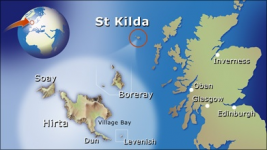
St Kilda, more than 40 miles (64km) from the Western Isles, was abandoned by its last islanders in 1930.
Today Hirta is only occupied for a few months of the year by National Trust for Scotland staff and volunteers as well as some scientists.
Ministry of Defence (MoD) contractors also spend periods of time on St Kilda operating a rocket testing radar.
St Kilda is a Unesco-designated World Heritage Site and is managed and protected by the National Trust for Scotland (NTS).
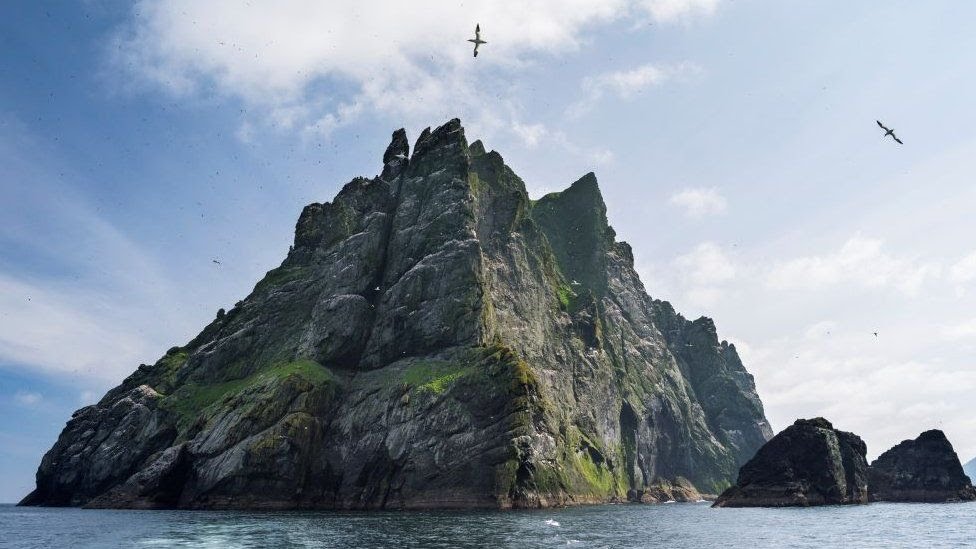
Glasgow-based Guard Archaeology carried out the archaeological excavations between 2017 and 2019.
The work was done ahead of a refurbishment of the MoD's base in Village Bay on Hirta.
Analysis of the finds made by the archaeologists has now been made public.
Radiocarbon dating of carbonised food remains stuck to sherds of pottery indicated "intensive inhabitation" of Village Bay between the early part of the 4th Century BC to almost the end of the 1st Century BC.
The majority of the pottery dated from the Iron Age.
Alan Hunter Blair, who directed the excavations, said: "The recent archaeological work has revealed that the eastern end of Village Bay on St Kilda was occupied fairly intensively during the Iron Age period, although no house structures were found.
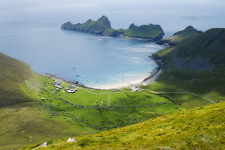
Village Bay
"One of the most significant problems facing archaeologists working on St Kilda is that earlier buildings were dismantled and cleared away in order to build new ones using the old stone as a building resource.
"Stone was also cleared, including that in burial mounds, to increase the available cultivation area, leaving little trace of what may have been there before."
Susan Bain, NTS manager for the Western Isles, said the archaeology provided "tantalising glimpses" of life on St Kilda 2,000 years ago.
She said: "These few clues tell us that people were well established on St Kilda as part of the wider settlement of the Western Isles."
Redirect Notice
www.google.com
Last edited:
